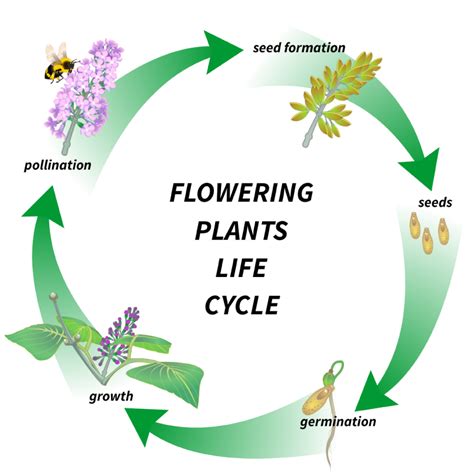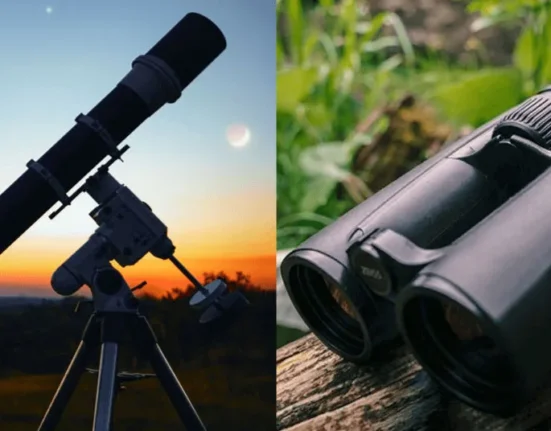In the enchanting world of Lepidoptera, where butterflies and moths grace us with their delicate presence, a fascinating dance unfolds between these winged creatures and the plants they rely on for sustenance. A recent study delves into the intricate relationship between these insects’ dietary preferences and the scents emitted by their botanical counterparts.
“This idea provides a new perspective on why some butterflies and moths are picky eaters while others are not,”
shared Po-An Lin from National Taiwan University, shedding light on the innovative Salient Aroma Hypothesis. This hypothesis posits that the aromatic compounds released by plants play a pivotal role in shaping the feeding habits of Lepidoptera. Essentially, it suggests that the abundance of plant aromas during specific times influences whether these insects become specialized or generalist feeders.
Imagine a sunny meadow teeming with flowers releasing a symphony of fragrances during daylight hours. For day-active butterflies like monarchs, this olfactory feast serves as a veritable menu guide, allowing them to home in on particular host plants with precision. In contrast, their nocturnal counterparts face a dimmer olfactory landscape at nightfall when plant aromas dwindle. Consequently,
“night-active Lepidoptera have to take what they can get and have a more varied diet,”
as explained by researchers.
To unravel this intriguing phenomenon further, scientists turned to the antennae – primary scent-detecting organs of Lepidoptera. Through meticulous examination of 582 specimens spanning 94 species, they discovered an intriguing correlation: female butterflies and moths active during daylight tend to possess larger antennae relative to body size compared to their nighttime-active kin.
“Larger antennal sizes have been associated with a greater number of sensilla…increasing the surface area for sensory receptors,”
elucidated Gary Felton from Penn State University.
Specialist female Lepidoptera exhibit another peculiar trait – larger antennae than generalists – suggesting an evolutionary adaptation tailored for detecting specific plant aromas essential for survival. This keen sense of smell acts as nature’s compass guiding these insects towards their preferred host plants amid myriad olfactory distractions in their environment.
“The relationship between antennal size and host plant breadth was very strong,”
noted Felton.
The research team’s endeavors also uncovered an intriguing link between plant aromas’ daytime availability and evolutionary investments in olfactory structures among Lepidoptera females crucial for selecting suitable egg-laying sites.
“This finding demonstrates how chemical signals influence evolution…a direct role in shaping insect evolution.”
Through meticulous analyses encompassing existing scientific literature reviews alongside scrutinizing Lepidoptera activity patterns and preferred host plants within an evolutionary framework,
“Our analyses showed significant correlations…diversity of host plant species that Lepidoptera consume,”
highlighted Naomi Pierce from Harvard University.
In essence, this study unveils how environmental cues such as plant aromas intricately shape butterfly and moth diets; illuminating why some embrace culinary specialization while others adopt a more flexible dining approach amidst nature’s endless buffet spread.
This captivating revelation underscores how every wafting scent contributes not just to floral allure but also plays an integral role in sculpting the evolutionary path of these mesmerizing flying jewels.









Leave feedback about this